Complete Solutions to OBJECTIVE QUESTIONS (Level-B) of chapter INTRODUCTION TO ORGANIC CHEMISTRY of Class 11 book with complete answers and questions
| Class 11 | CHEMISTRY |
| Chapter | INTRODUCTION TO ORGANIC CHEMISTRY |
| OP TANDON | OBJECTIVE QUESTIONS (Level-B) |
| Number Of Questions | 46 |
| Academic Year | 2023-24 |
 This hydrocarbon has hybridization on C-atoms: 02:52View Solution
This hydrocarbon has hybridization on C-atoms: 02:52View Solution`1^(@),2^(@),3^(@)` and `4^(@)` carbon atoms are present in:
04:08View SolutionTwo molecules indicated below are capable to intramolecular H-bonding. Which is likely to form more stable hydrogen bonds?
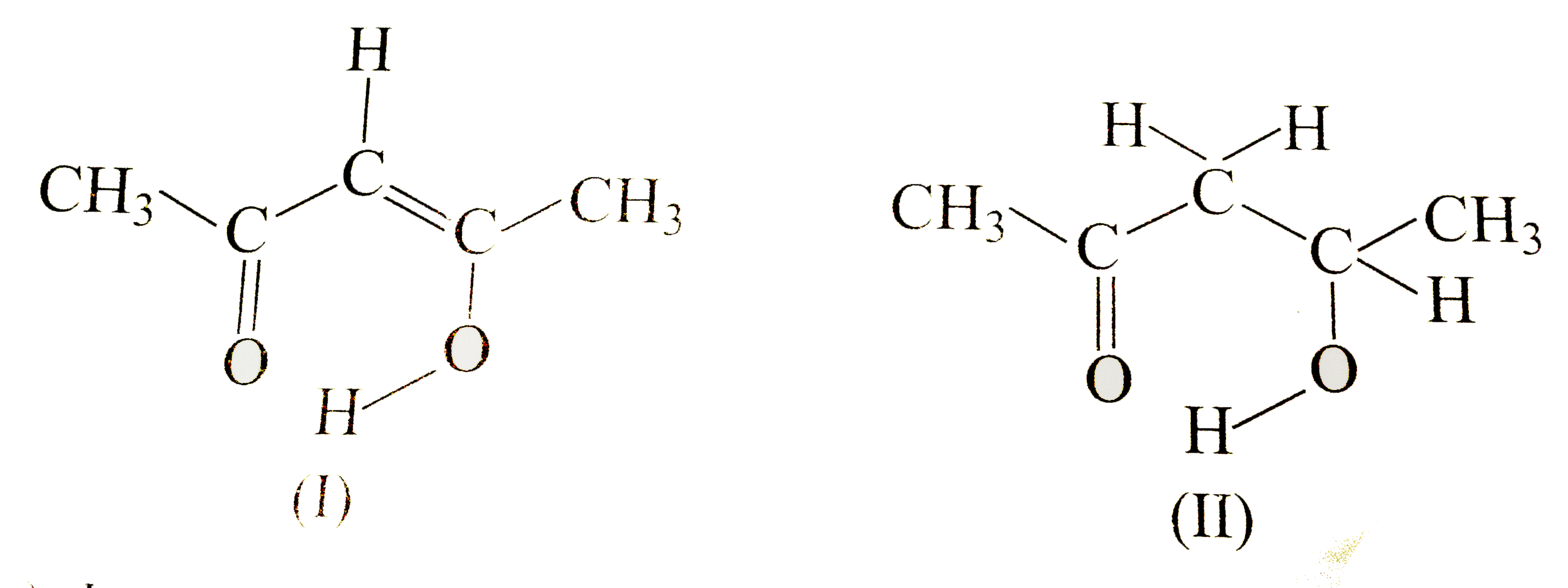 02:23View Solution
02:23View SolutionWhich one of the underlined carbons is `sp^(3)`-hybridized?
02:13View SolutionThe hybridization of iodine in iodosobenzen is:
02:13View SolutionCarboxylic acids do not give the characteristic reactions of `gt C =O` group because of :
02:05View SolutionWhich among the following has highest boiling point?
03:18View SolutionWhich among the following has highest melting point?
02:12View SolutionOrder of arrangement of the following compounds with increasing dipole moment is:
 View Solution
View Solution designated by `alpha, beta, gamma` and `delta` are in order: 03:43View Solution
designated by `alpha, beta, gamma` and `delta` are in order: 03:43View SolutionWhich one of the following compounds is an allylic halide?
View SolutionThe compound in which all carbon atoms use only `sp^(3)`-hybrid orbitals for bond formation is:
03:00View SolutionWhich of the following is unacceptable resonating structure of buta-12,3-triene?
View SolutionThe resonating structures of cyanate ion are `O=C=overset(1-)(N)harroverset(1-)(O)-C-=Nharroverset(1+)-=C-overset(2-)(N)` . The correct set of oxidation states of O, C and N respectively with the most stable structure out of the above is :
02:10View SolutionArrange the following molecules in increasing order of `sigma` to `pi` bond ratio:
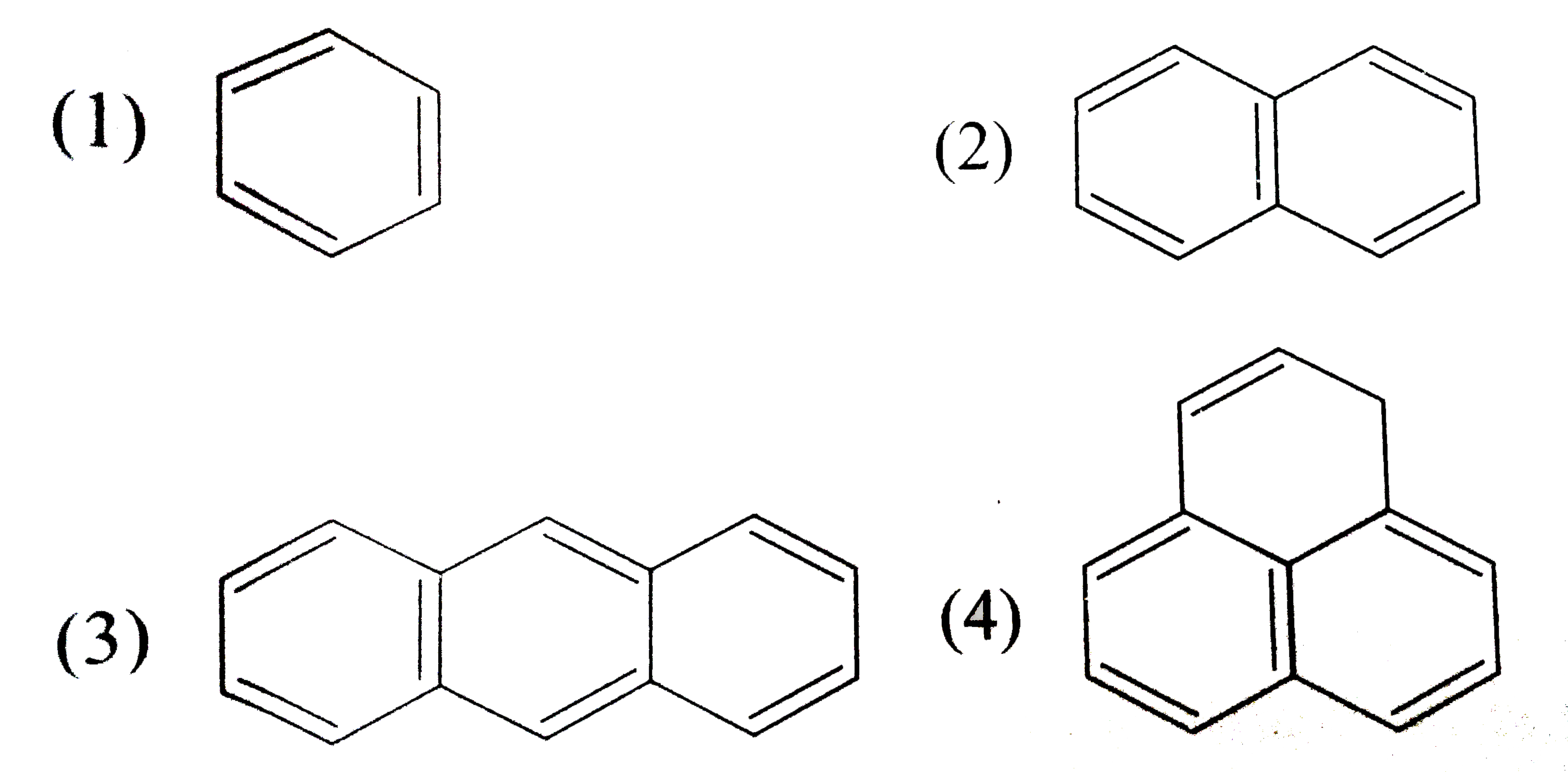 06:55View Solution
06:55View SolutionArrange the following C-H bonds `(alpha, beta, gamma)` in decreasing order of bond energy:
 02:48View Solution
02:48View SolutionIn the reaction,
`CH_(3)-underset(**)overset(O)overset(||)(C)-NH_(2) underset(Delta)overset(P_(2)O_(5))rarr underset(**)(C)-=N`. The hybridization state of marked carbon atom changes from:01:44View SolutionArrange the following resonating structures of formic acid in order of decreasing stability:
`underset((I))(H-overset(O)overset(||)(C)-OH)harrunderset((II))(H-overset(O^(-))overset(||)(C)-overset(+)(O)H)harr underset((III))(Hoverset(O^(-))overset(|)underset(+)(C)-OH)harrunderset((IV))(H-overset(O^(-))overset(|)underset(-)(C)-O)`View SolutionArrange the following resonating structures in the order of decreasing stability :
(a) `underset(("Vinyl chloride"))underset((I))(CH_(2)=CH-ddotunderset(..)Cl: )harrunderset((II))( :overset(Theta)(CH_(2))-CH=overset(o+)underset(..)Cl: )harrunderset((III))(overset(o+)CH_(2))-CH=underset(..)ddotCl^(Theta)`
b. `underset(("Formic acid"))underset((IV))(H-overset(ddotO: )overset(||)C)-underset(..)ddotOH harrunderset((V))(H-overset( :ddotO:^(Theta))overset(|)(C)=underset(o+)ddotO)-H harrunderset((VI))(H-overset( :ddotO:^(Theta))overset(|)underset(o+)(C)-underset(..)ddotO-Hharr) underset((VII))(H-underset(ddotTheta)overset( overset(o+):O: )overset(|)C-underset(..)ddotO-H)`
( c) Write the resonating structure of phenol in order of decreasing stability.07:24View SolutionAmong the following four structures, one is not a permissible resonance form. Identify the wrong structure.
View SolutionIdentify the weakest C-H bond among the following:
`H-overset(H)overset(|)underset(H)underset(|)(C)underset(alpha)(-)H, R-underset(beta)(CH_(2)-H,)R-overset(R)overset(|)underset(|)(CH)underset(gamma)(-)H, R-overset(R)overset(|)underset(R)underset(|)(C)underset(delta)(-)H`01:55View SolutionWhich of the following is the correct sequence of the bond length?
03:27View SolutionArrange the following bonds in decreasing order of bond length:
`{:(Cl-overset(Cl)overset(|)underset(Cl)underset(|)(C)underset(1)(-)Cl,H-underset(Cl)underset(|)overset(Cl)overset(|)(C)-underset(2)(Cl),Cl-overset(H)overset(|)underset(H)underset(|)(C)underset(3)(-)Cl,H-overset(H)overset(|)underset(H)underset(|)(C)underset(4)(-)Cl):}`View SolutionWhich of the following compounds has weakest C-X bonds?
02:04View SolutionHow many electrons are present in the p-orbitals of methyl cation?
01:51View SolutionIn which of the following , delocalisation of `pi-`electrons is/are possible?
03:04View Solution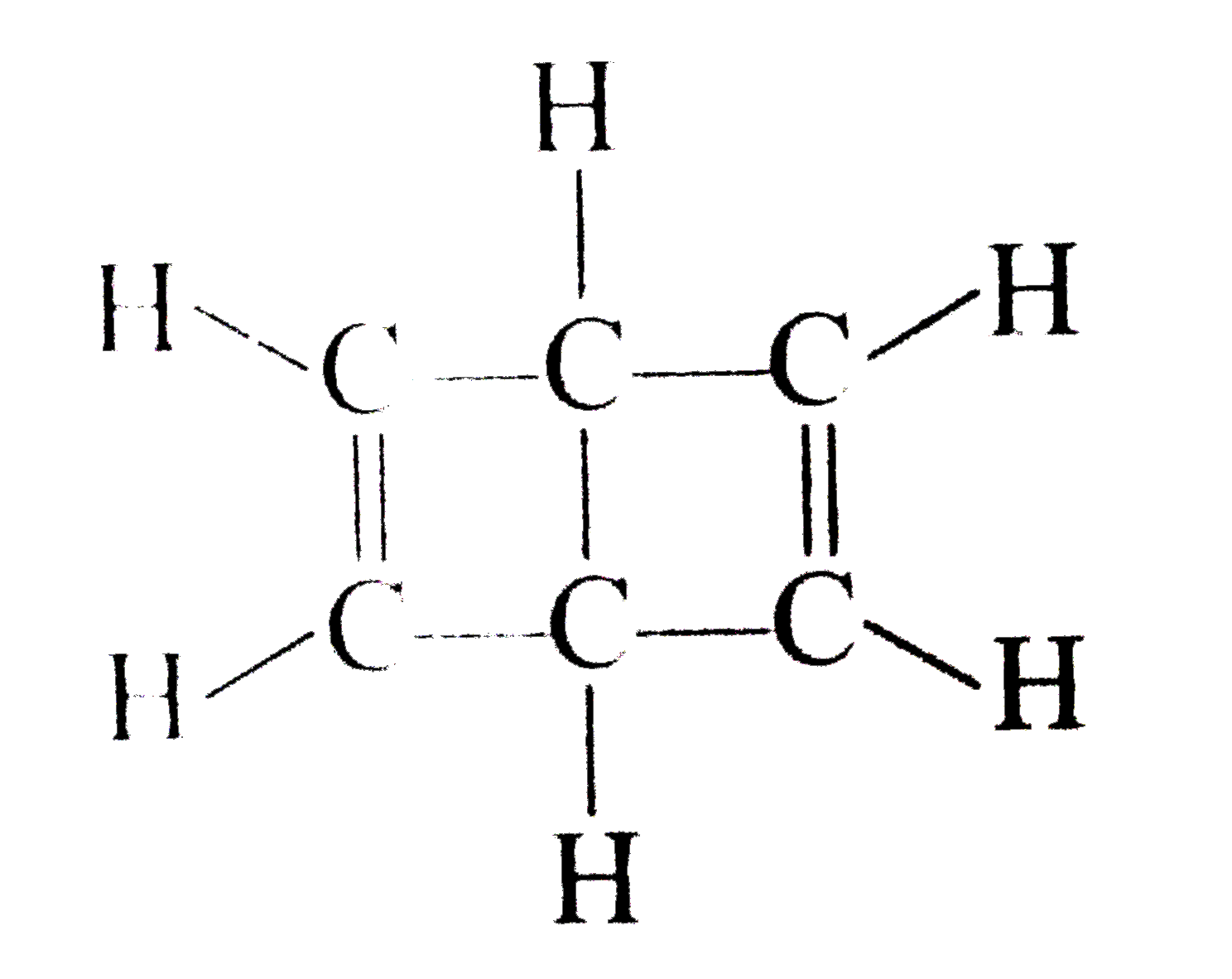
In the given Dewar structure of benzene, which of the following statement (s) is/are correct?02:31View SolutionThe pair of structure that are resonance hybrid is:
View SolutionThe correct decreasing order of stability of I,II and III carbocations is:
(I) `CH_(3)-overset(+)(C)H-CH_(3)` (II) `CH_(3)-overset(+)(C)H-COCH_(3)`
(III) `CH_(3)-overset(+)(C)H-OCH_(3)`View SolutionThe hybrid states of carbon atoms in `overset(B)((CN)_(4))overset(A)(C_(2))` are A and B and number of `pi` bonds in compounds is C. Then:
02:26View Solution`underset(X_(1))(-)overset(+)underset(|)(C)-overset(.)underset(X_(2))underset(.)(C)-overset(ddot)underset(X_(3))(C)-overset(-)underset(|)(C)underset(X_(4))(-)` , Select the correct state of hybridization at `X_(1), X_(2),X_(3)` and `X_(4)`.
03:56View SolutionWhich of the following structures have resonance stability?
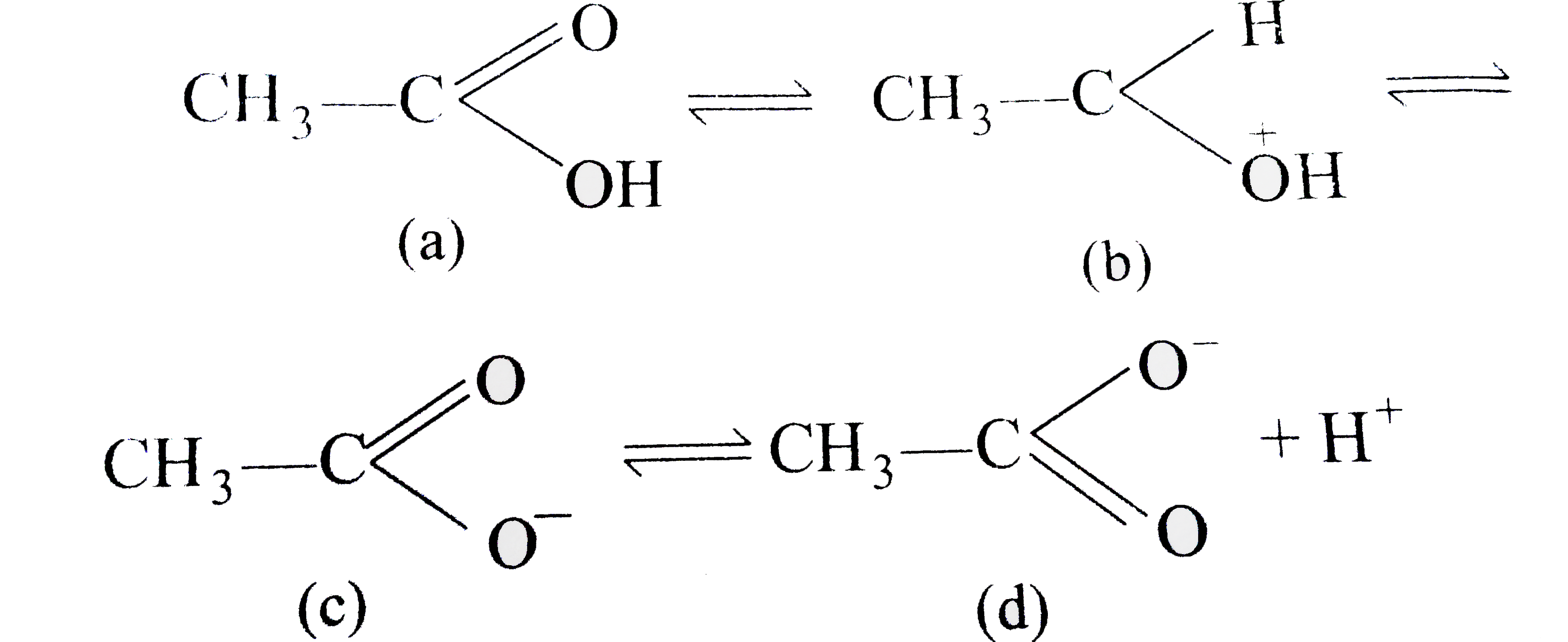 02:26View Solution
02:26View SolutionWhich of the following compounds has (have) sp-hybridized carbon atom?
03:11View SolutionResonating structures of a molecule have:
04:12View SolutionWhich resonance form in each of the following sets is the major contributor to the real structure?
(i) `underset((a))(H_(2)C=CH-ddotunderset(..)CI: )harr underset((b))(H_(2)overset(-)overset(ddot)(C)-CH=overset(-+)underset(..)CI: )harrunderset((c))(H_(2)overset(+)(C)-CH=overset(ddot)underset(..)CI:^(-))`
(ii) `underset((a))(H_(2)overset(-)(C)-CH=overset(+)(N)H_(2)) harr underset((b))(H_(2)=CH-overset(ddot)(N)H_(2))`
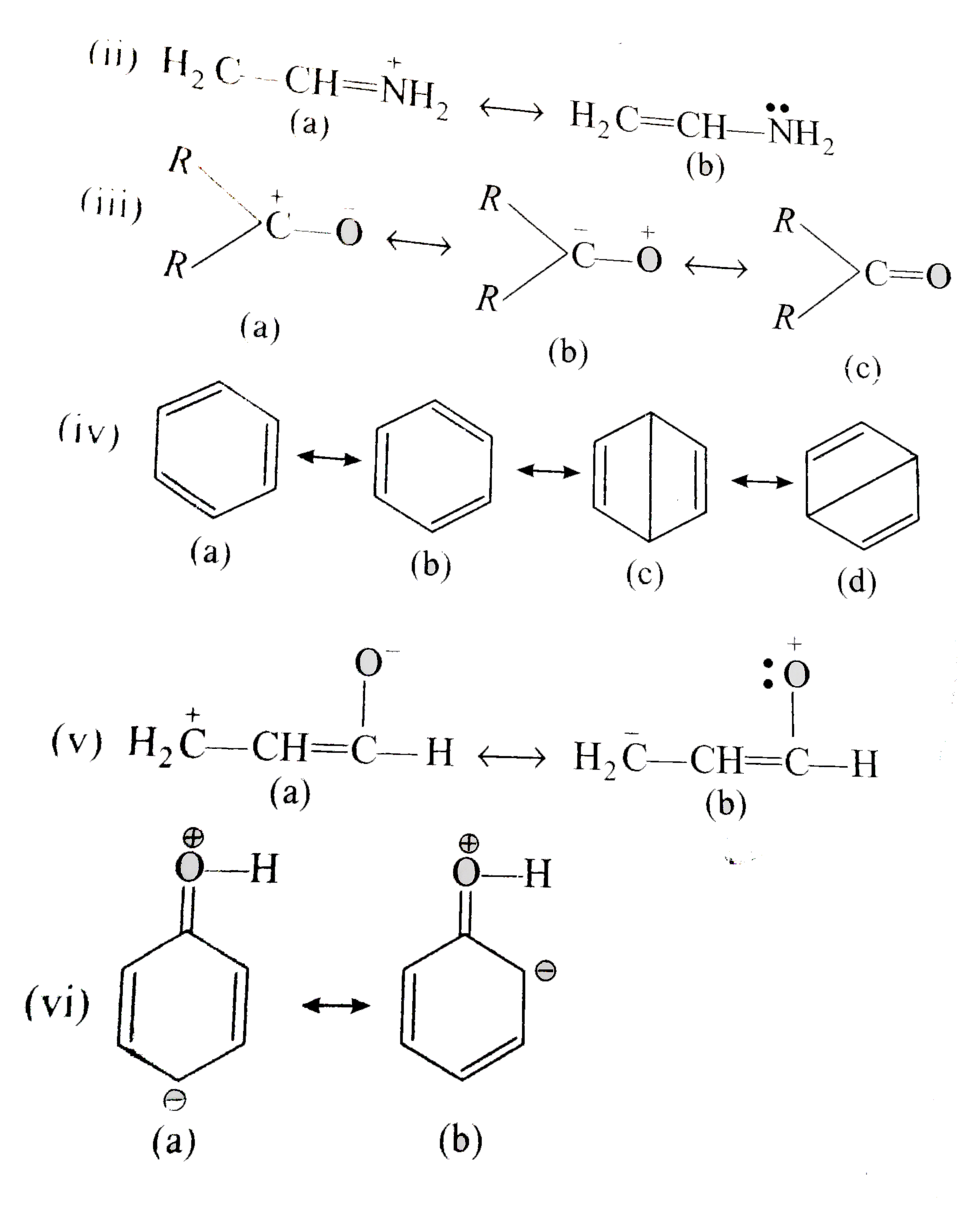 View Solution
View SolutionChromatography technique is used in the separation of:
02:52View SolutionMixed melting point is determined to check:
03:03View SolutionWhich of the following compounds can be purified by vaccum distillation?
02:20View SolutionWhich of the following compounds can be purified by steam distillation?
03:14View SolutionMixture of benzene and aniline can be separated by:
01:52View SolutionAbsolute alcohol can be prepared from rectified spirit by
02:14View SolutionSelect the wrong statements about chromatography.
01:53View SolutionA substance which decomposes at or below its boiling point cannot be purified by:
02:39View SolutionRefining of petroleum does not involve:
01:49View SolutionIdentify the binary mixture(s) that can be separated into individual compounds, by differential extraction, as shown in the given scheme:
 View Solution
View SolutionWhich are correct regarding boiling point?
03:02View Solution
OBJECTIVE QUESTIONS (Level-B) questions and complete solutions for chapter INTRODUCTION TO ORGANIC CHEMISTRY of G.R. BATHLA & SONS CHEMISTRY (HINGLISH) of Class 11
